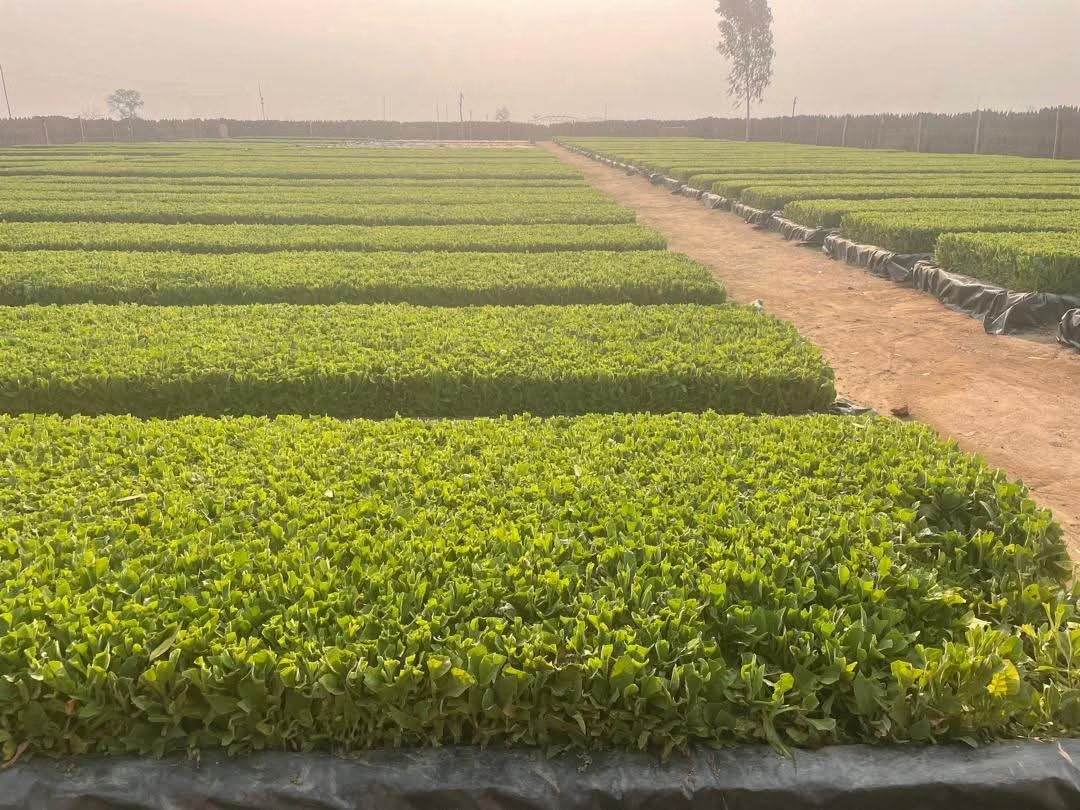
Zimbabwe’s tobacco industry is on course for another record-breaking year, with seedling uptake rising by 11 percent compared to last season, signaling stronger output and higher foreign currency earnings for the economy. The golden leaf remains the country’s single largest agricultural export, contributing more than 60 percent of farm export revenues and ranking second only to mining in forex generation.
Across the country’s prime tobacco-growing regions, farmers have already begun planting irrigated crops earlier than usual, a strategy aimed at boosting yields and ensuring consistency in supply. For many rural families, tobacco is not only a livelihood but a path to prosperity. “Tobacco is fast becoming a crop likened by many, more farmers are joining,” said farmer Edson Makina. “We who do irrigated crop have planted earlier, hoping to do better than last year. We want the Tobacco Industry and Marketing Board to do their assessment correctly because last year traders budgeted for a smaller crop and that pushed prices down.”
Support from banks and contractors has also strengthened the sector, giving farmers access to inputs and credit lines. “We are thankful to stakeholders like contractors and banks, who keep supporting us. They have enabled us to grow bigger every year, thereby increasing production levels,” observed Zishiri farm manager, Wellington Chatikobo.
Industry experts attribute the surge to the use of certified local hybrid seed and growing global demand. Tobacco Research Board Chief Executive Officer, Dr Frank Magama, said local seed varieties tailored to Zimbabwean conditions were producing excellent results, while warning farmers against smuggling foreign seed from across the border.
On the international market, China remains Zimbabwe’s largest off-taker, accounting for more than half of exports, while regional buyers have also expanded demand. Tobacco Industry Development Institute for Southern Africa Executive Director, Jeffrey Takawira, said smallholder farmers were now playing a vital role in meeting global demand. “There is now a global demand for our tobacco and the rise of China as the biggest off-taker is a big contributor to the success of the industry. With local banks coming on board, the country is bound for a big turnaround,” he said.
According to a post-cabinet briefing by the Minister of Information, Publicity and Broadcasting Services, Dr Jenfan Muswere, tobacco production is expected to rise to 360 million kilogrammes this season, up from 354 million kilogrammes. He said the 60 percent increase in irrigated tobacco was a strong indicator of sustainable growth.
Economists note that rising output has direct implications for Zimbabwe’s economy. In 2023, tobacco exports earned the country more than US$1 billion, helping to stabilise the balance of payments and support the Reserve Bank’s foreign currency auctions. With volumes likely to grow in 2025, analysts say the sector could bring in an additional US$200 million, boosting fiscal revenues and underpinning national GDP growth.
Beyond foreign exchange, tobacco has transformed lives in farming communities. Since the Land Reform Programme, thousands of families have risen into middle-income brackets through tobacco farming, with some becoming millionaires from successful harvests. The crop has become both a livelihood pillar and a driver of rural development, sustaining schools, clinics, and local businesses.
As Zimbabwe pushes towards its Vision 2030 target of upper middle-income status, the tobacco industry stands out as a model of resilience, growth, and global competitiveness. The challenge, stakeholders stress, is to ensure accurate crop assessments, fair pricing, and reinvestment of proceeds into diversification and value addition. If managed well, the golden leaf will not only sustain its export dominance but also strengthen the foundations of the national economy.




